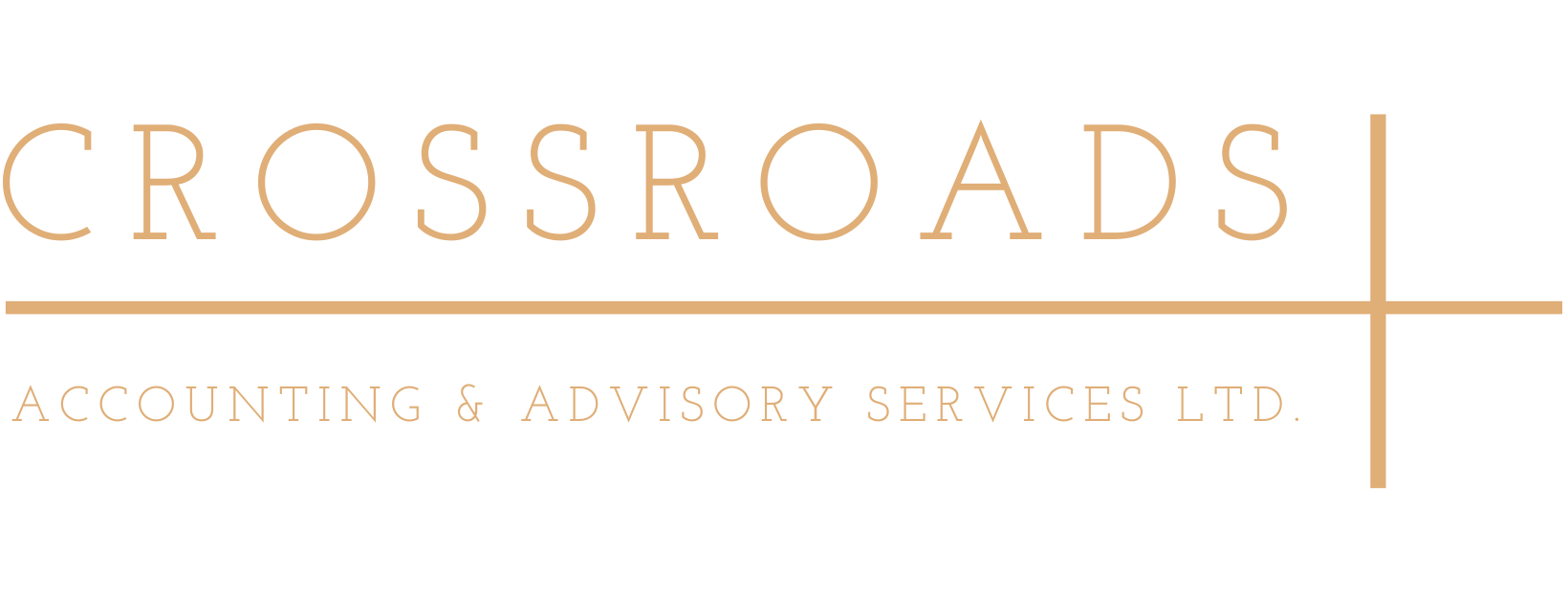Your 12-point checklist to stay ahead on tax
Elanie van Greuning • February 4, 2025
Where has the time all gone to? The end of the financial year is almost on us.

How’s it looking for you? Know what you need to do? To help make the information-gathering process hassle-free, we’ve put together an end of tax year checklist. So, to avoid scrambling this time next month - take a breath, take note, and take action.
DOWNLOAD THE END OF TAX YEAR CHECKLIST
Being prepared is the key to avoiding end-of-year financial drama and stress.
With not long until year-end, we encourage you to spend a few minutes working through our 12-point checklist to stay ahead on tax and take care of essential housekeeping for year end.
As ever, if you have queries or would like to discuss the situation for your business, let us know.

By Elanie van Greuning
•
February 5, 2025
The beginning of a new calendar year is an excellent time to review last year and reflect on what worked, what didn’t, what you’d like to change and new things you want to implement. Take the time to review the year and acknowledge all that has happened, good, bad or indifferent. Examining the year with an objective perspective can provide valuable insights to prepare for the coming business year. Planning and goal setting will help provide a focus for your business efforts. Your Yearly Business Review What were the most significant impacts on your business in the last 12 months? How well did you meet the challenges? What worked well last year? What systems, technology, products or services were successful? What accomplishments can you celebrate? What situation, event or experience provided the biggest learning opportunity? What is the biggest challenge or frustration you face as you prepare for the year ahead? What did you most enjoy during the year? Do more of it. What did you least enjoy? Do less of it! Analyse your financial reports. Are you earning what you’d like to? Is the business sustainably profitable? Get Ready for a Great Year While there are many metrics you could evaluate to track business performance, we’ve given you just a few ideas to inspire your business planning for a positive start to the year. If you’d like to chat about what you can do differently this year to enable your business to thrive, book a time with us today.

By Elanie van Greuning
•
October 9, 2024
Cash is King.” It's a phrase you’ve probably heard before, but do you know why it matters so much for your business? When it comes to business growth, understanding the difference between cash flow and profit is crucial. We’re here to help you master both and take control of your business’s future. Let's talk . Cash vs Profit As a business owner, your goal is to make money, but what if I told you that understanding the difference between profit and cash flow could make or break your success? The Profit Myth Net profit is the amount left after deducting all business expenses from revenue. To boost your profit, you’ll need to focus on areas that affect both revenue and expenses. For example: Negotiate smarter: Renegotiating with suppliers can lead to lower stock costs or reduce the need for excess inventory. Enhance customer engagement: Better customer interactions can lead to higher sales by tapping into what they really want. Optimise staffing: Efficient rostering can help you reduce costs without sacrificing service quality. The Cash Flow Reality Cash flow is a different beast altogether. It’s the money flowing in and out of your business for everyday operations like taxes, equipment, or loan repayments. Here’s the catch: even a profitable business can suffer from poor cash flow, and vice versa. For instance, you might have strong cash flow but still struggle to turn a profit due to unaccounted expenses. Similarly, a profitable business can have a cash shortage, threatening its day-to-day survival. Planning for Growth Want to know how fast your business can grow? Your projected cash flow holds the key. Our team can help you forecast with precision, so you can make informed decisions for the future. Keeping Cash on the Throne Your business can’t survive without a healthy cash flow. To keep cash in the driver's seat, here are six essential tips every business owner should know: Monitor your cash flow: Build a cash flow statement and update it regularly. Spot a shortfall coming? Act immediately to avoid a crisis. Create a cash buffer: Set aside reserves to protect your business from unexpected expenses or downturns. Plan for revenue dips: Maintain at least two months’ worth of operating expenses in your account to cushion against slower periods. Stay grounded with sales expectations: If your sales projections look bleak, adjust your approach early to avoid financial strain. Safeguard payments: Implement upfront credit checks to reduce the risk of late payments. Get clear payment terms in writing and stay in regular contact with clients to keep payments on track. Stick to your budget: Every dollar spent affects your cash position. Budget wisely for essentials, and avoid overspending. Need Help? We're Here for You Cash flow management is the lifeblood of your business. If you’re looking to improve your cash position and secure your business's future, reach out. Let's work together to make sure your cash flow stays strong and steady.
Have questions? Ready to grow your business with confidence?
Mon - Fri / 9am - 5pm


